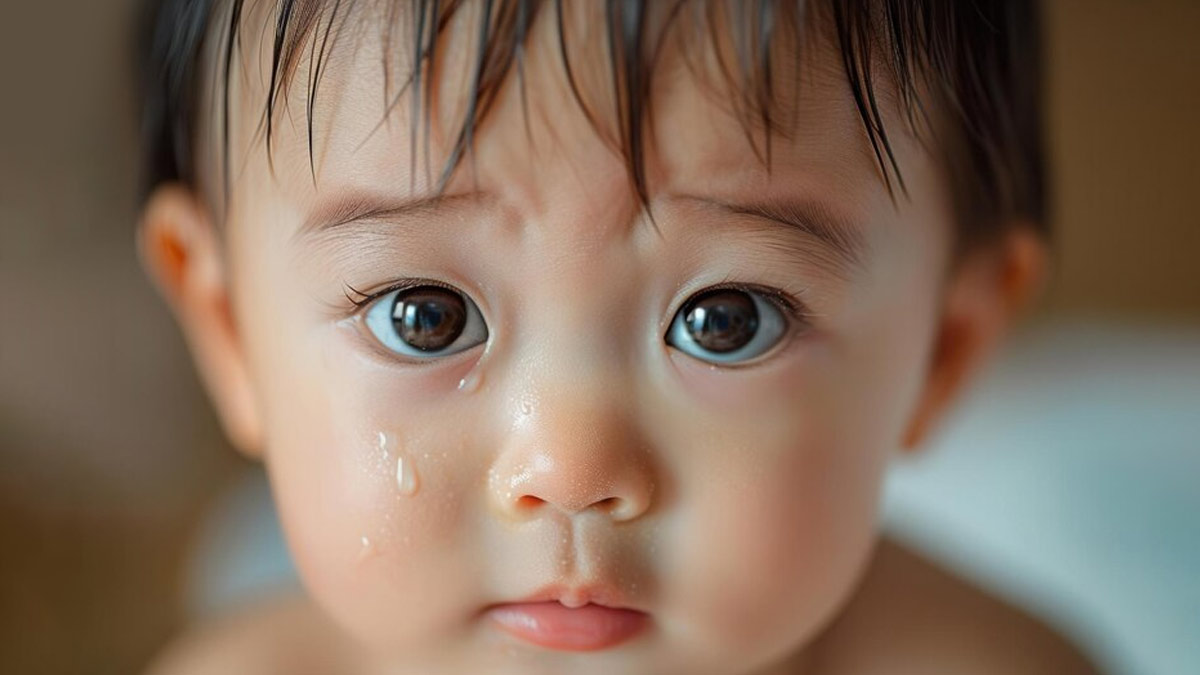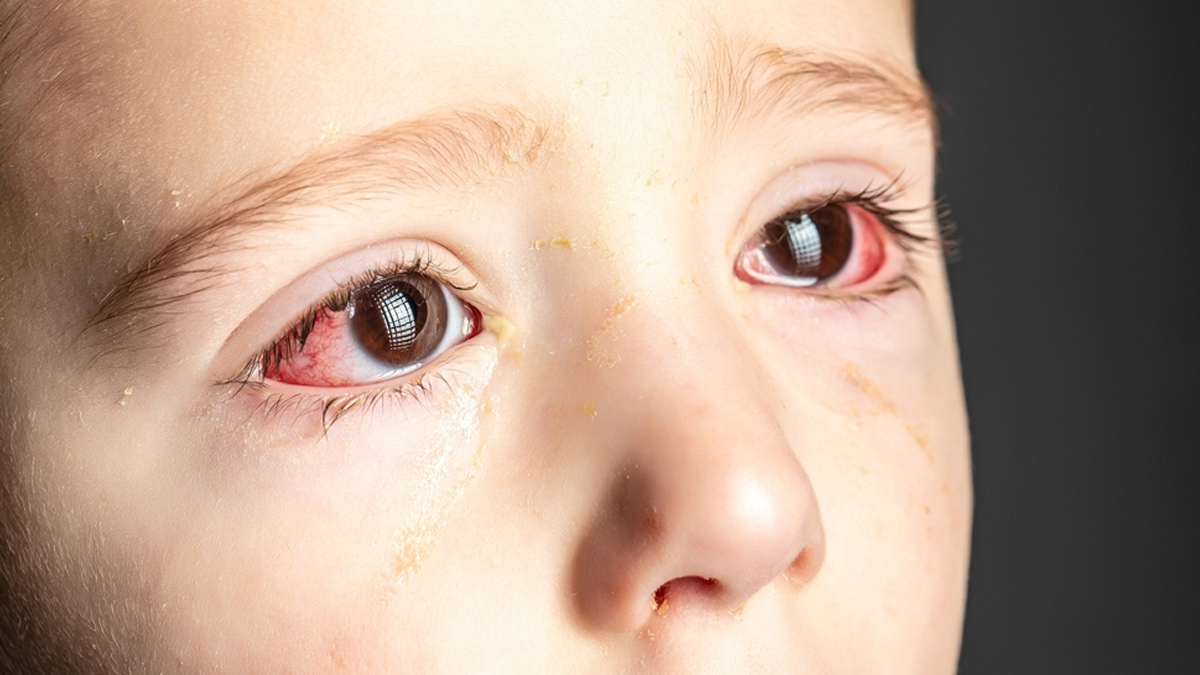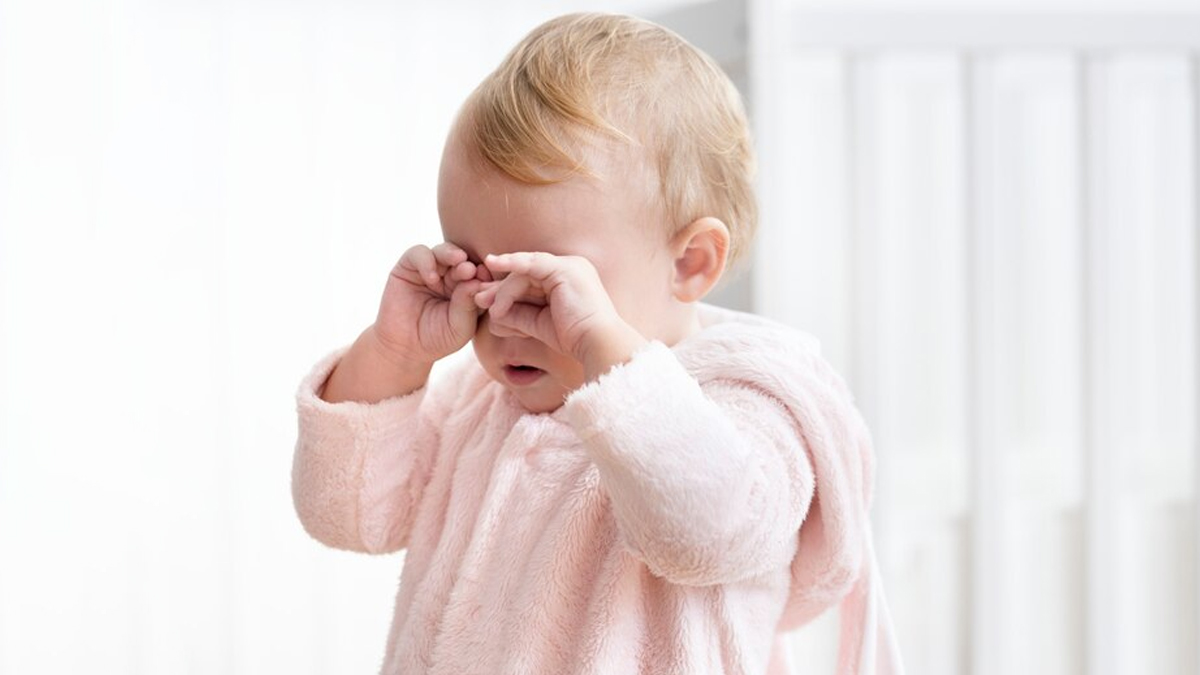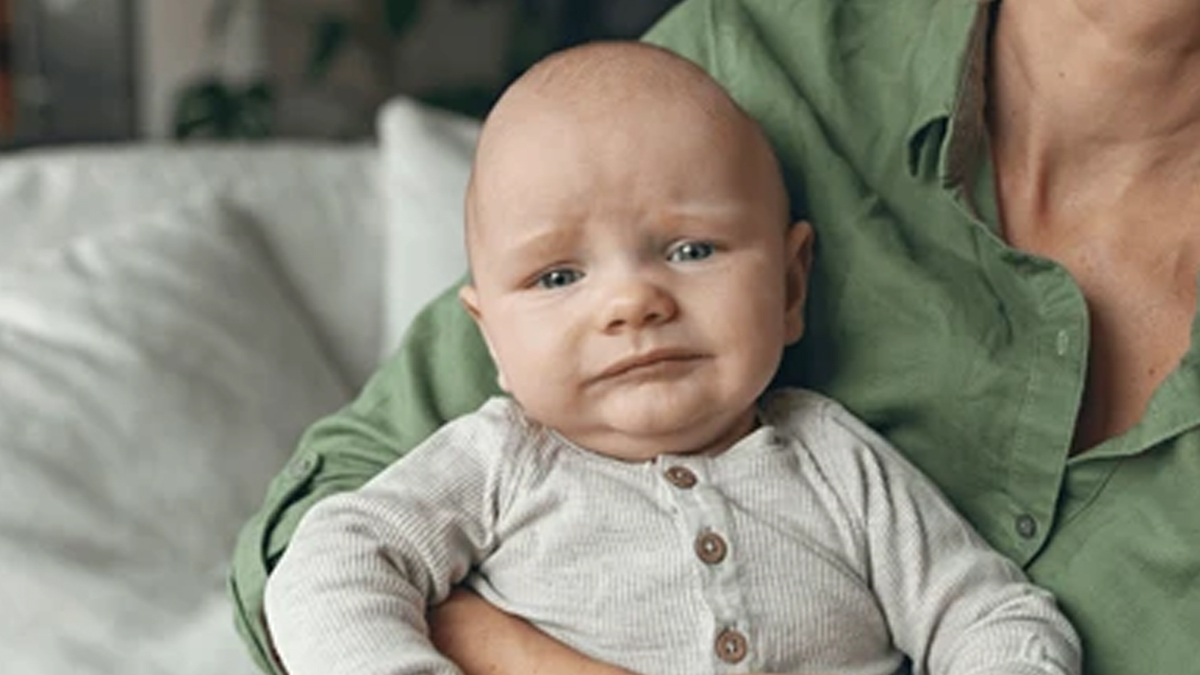
Welcoming a new baby into the family is a joyous occasion, but it also comes with its fair share of worries and concerns. One common issue that many parents face is seeing their little one's eyes constantly watering. While watery eyes in babies can be quite common and usually harmless, it's essential to understand the potential causes and know when it's time to seek medical advice.
Table of Content:-
To understand what triggers watery eyes, OnlyMyHealth interacted with Dr Tanushri Mukherjee Consultant – Neonatologist and Pediatrician at Cloudnine Group of Hospitals, Malad, Mumbai. Dr Mukherjee said, “Watery eyes in babies can be a common concern for parents. Several conditions can cause this symptom, ranging from mild irritations to more serious infections.”
Common Causes of Watery Eyes in Babies
Understanding the various causes and their associated symptoms can help parents determine when to seek medical advice. Here are some causes of watery eyes listed by Dr Mukherjee.
1. Common Cold
Symptoms: Watery eyes, nasal congestion, sneezing, cough, and sometimes a mild fever.
Cause: “Viral infections are the primary cause. The viruses responsible for the common cold can lead to inflammation in the nasal passages and tear ducts, causing watery eyes,” said Dr Mukherjee.
Management: Ensure the baby gets plenty of rest and fluids. Use a humidifier to keep the air moist and saline drops to relieve nasal congestion. Consult a pediatrician if symptoms persist or worsen.
Also read: Essential Tips To Care For A Preterm Baby At Home

2. Blocked Tear Ducts (Nasolacrimal Duct Obstruction)
Symptoms: Constant watery eyes, tears running down the face, and sometimes a sticky discharge from the eyes.
Cause: According to Dr Mukherjee, the tear ducts, which drain tears from the eyes to the nasal cavity, may be underdeveloped or blocked. This condition is common in newborns.
Management: Dr Mukherjee recommended, “Gently massaging the area between the baby’s eye and nose several times a day can help open the tear duct. In most cases, this condition resolves on its own within the first year of life. If it persists, consult a pediatrician.”
3. Conjunctivitis (Pink Eye)
Symptoms: Red or pink appearance of the eye, watery or thick discharge, crusting of the eyelids or lashes, and itchiness or irritation.
Cause: Can be viral, bacterial, or allergic. Viral and bacterial conjunctivitis are contagious, while allergic conjunctivitis is caused by allergens like pollen or pet dander.
Management: For viral conjunctivitis, maintain good hygiene and let it run its course. Bacterial conjunctivitis may require antibiotic eye drops prescribed by a doctor. Allergic conjunctivitis can be managed by avoiding allergens and using prescribed antihistamine drops.
4. Allergies
Symptoms: Watery eyes, itching, sneezing, and nasal congestion.
Cause: Exposure to allergens such as dust, pollen, pet dander, or certain foods.
Management: Identify and avoid exposure to allergens. Consult a pediatrician for appropriate allergy medications.

5. Foreign Objects or Irritants
Symptoms: Excessive tearing, redness, and irritation.
Cause: Dust, dirt, or other small particles can get into the baby’s eye, causing irritation and excessive tearing.
Management: Gently rinse the eye with clean water or saline solution. If the irritant does not come out or if the baby’s eye remains red and irritated, seek medical attention.
6. Dry Eye Syndrome
Symptoms: Paradoxically, dry eyes can cause watery eyes as the eyes overcompensate for the dryness.
Cause: Environmental factors like wind, smoke, or dry air can lead to dry eyes.
Management: Dr Mukherjee advised to keep the baby away from dry, windy, or smoky environments. Using a humidifier can help maintain moisture in the air.

When to Seek Medical Attention
While many cases of watery eyes in babies are benign and resolve on their own, there are instances where medical intervention is necessary:
Persistent Symptoms: If watery eyes persist beyond a few days without improvement, consult a pediatrician.
Severe Redness and Swelling: Significant redness, swelling, or pain in the eye could indicate a more serious infection or condition that needs prompt medical attention.
Accompanying Fever: If the baby has a fever along with watery eyes, it could be a sign of a more severe infection.
Yellow or Green Discharge: This could indicate a bacterial infection requiring antibiotic treatment.
Conclusion
Watery eyes in babies can be caused by a variety of factors, from the common cold and blocked tear ducts to more serious conditions like conjunctivitis and allergies. Understanding the symptoms and causes can help parents manage the condition effectively. Always consult a pediatrician if there are concerns about the baby’s eye health, especially if symptoms persist or worsen. Proper diagnosis and treatment are crucial for ensuring the health and comfort of the baby.
Also watch this video
How we keep this article up to date:
We work with experts and keep a close eye on the latest in health and wellness. Whenever there is a new research or helpful information, we update our articles with accurate and useful advice.
Current Version
